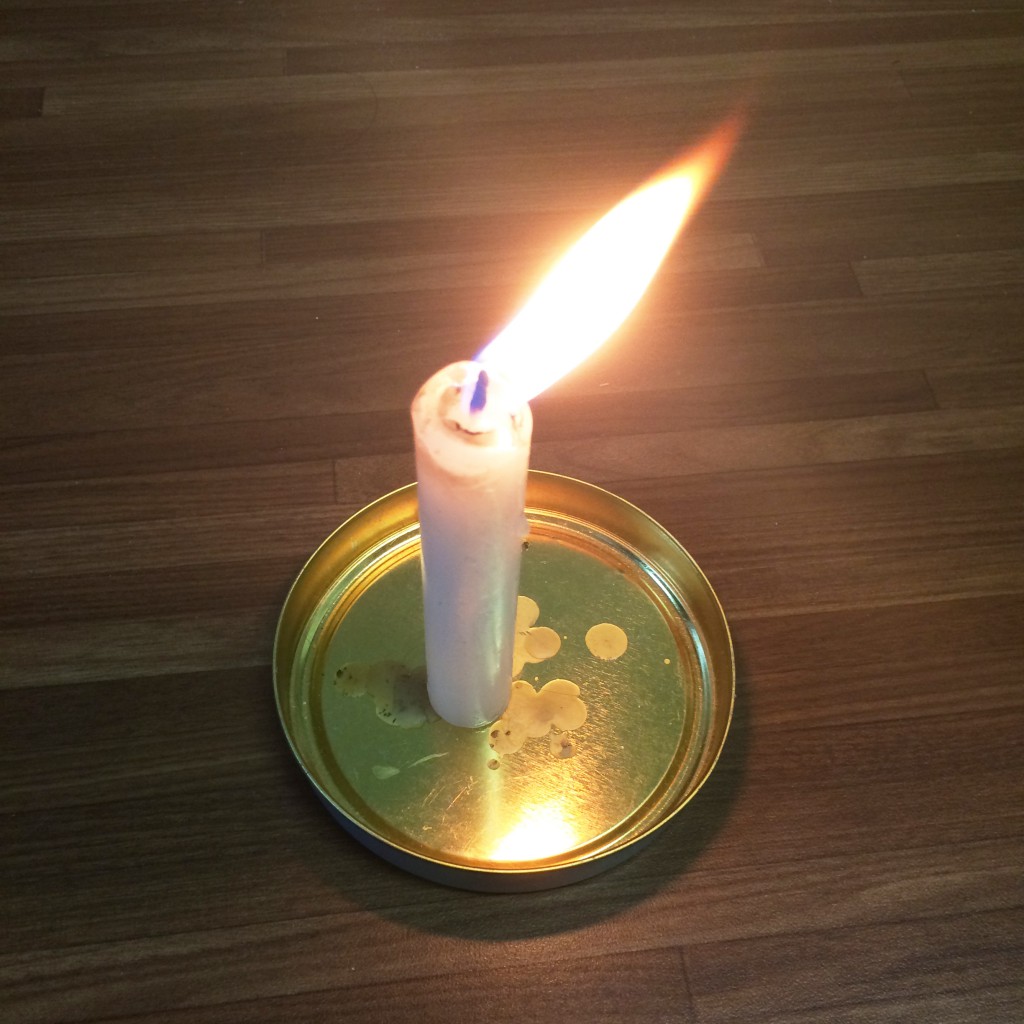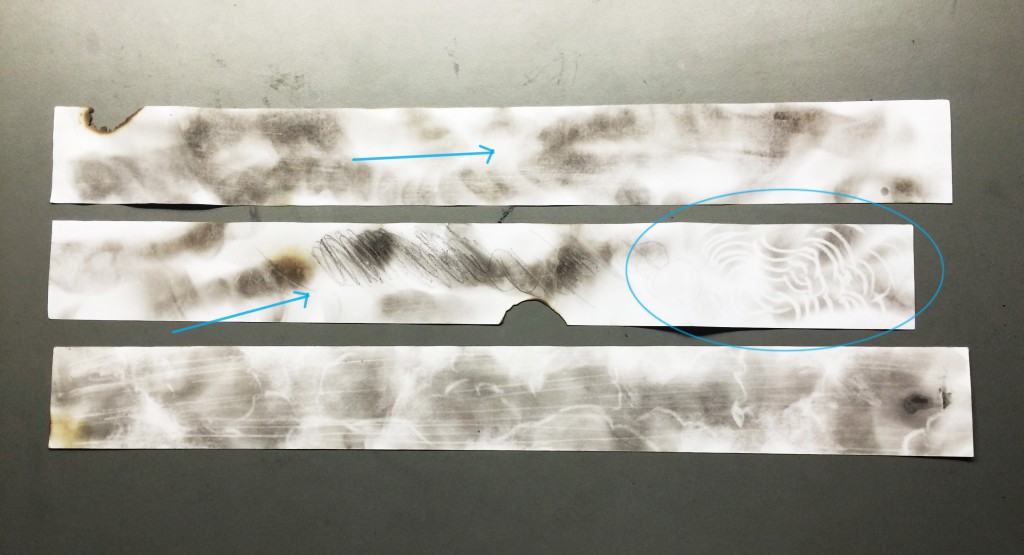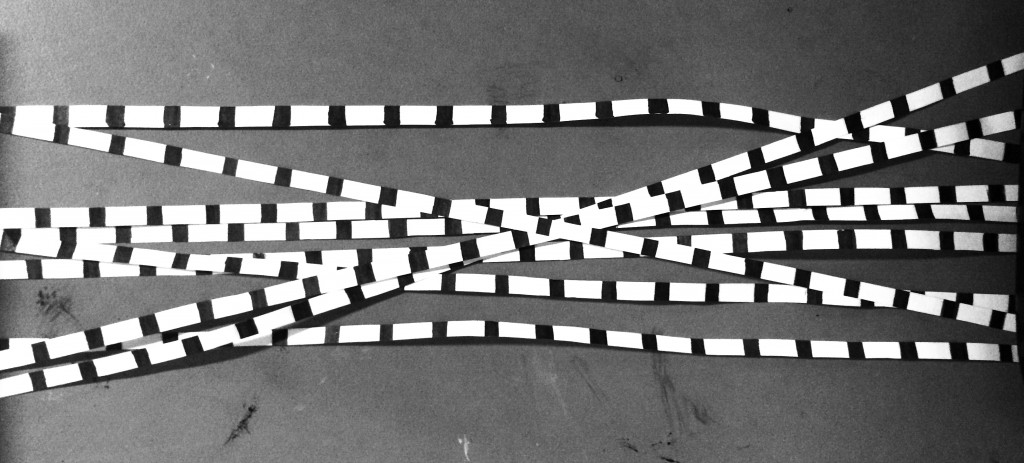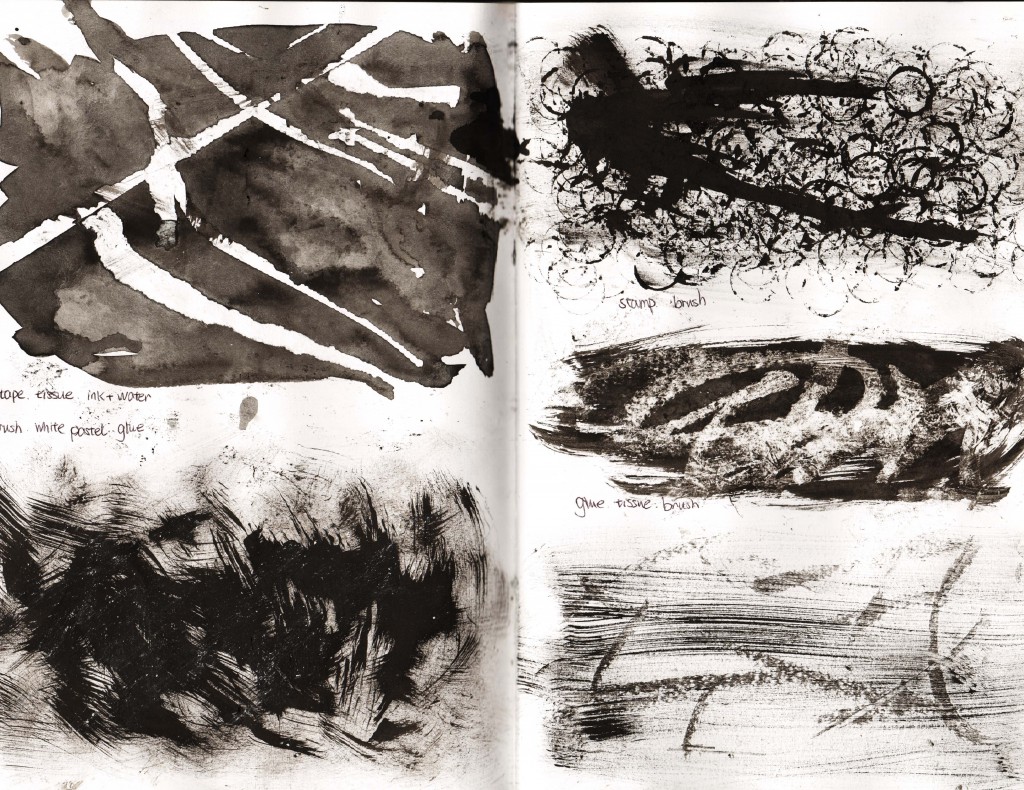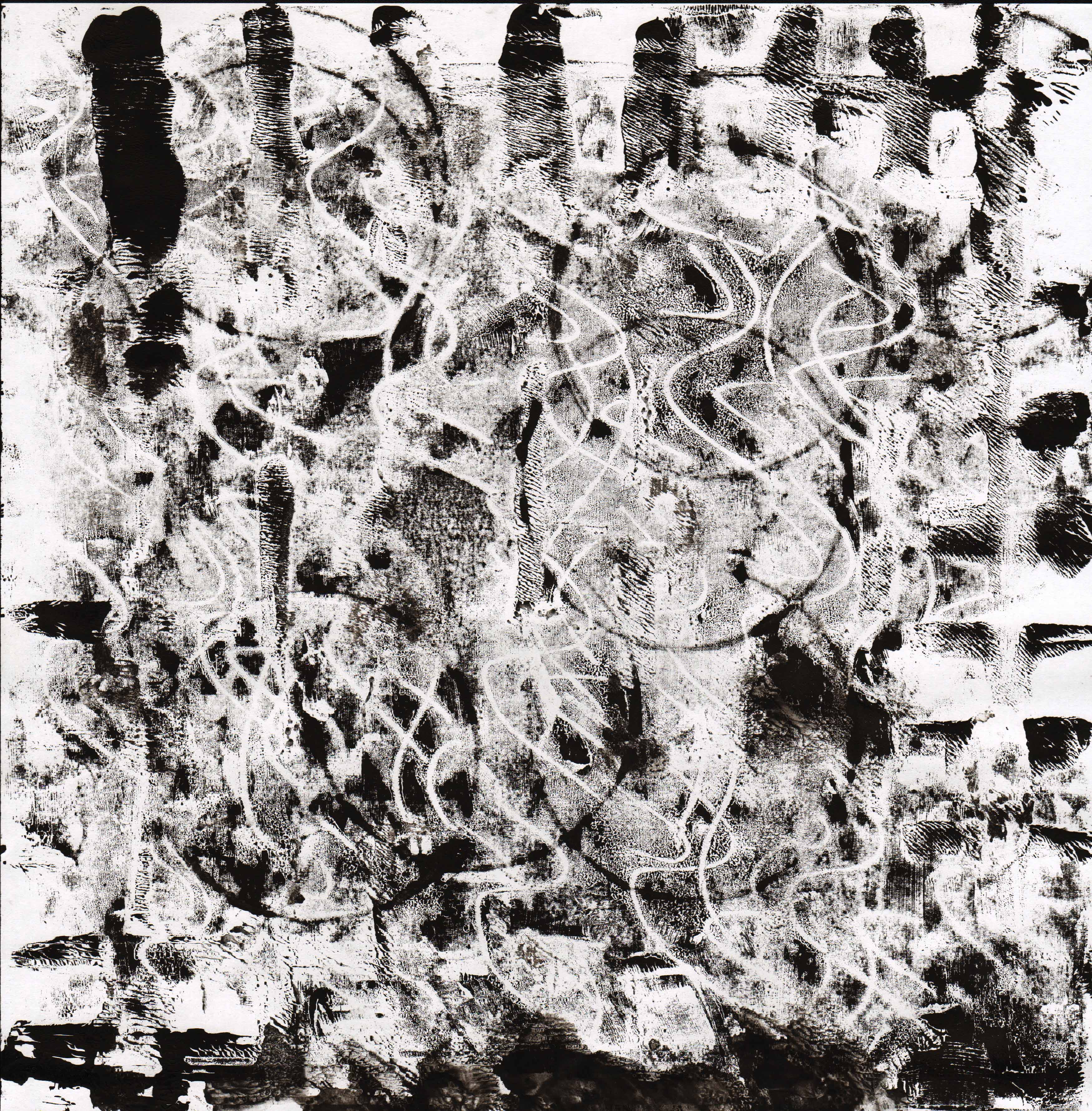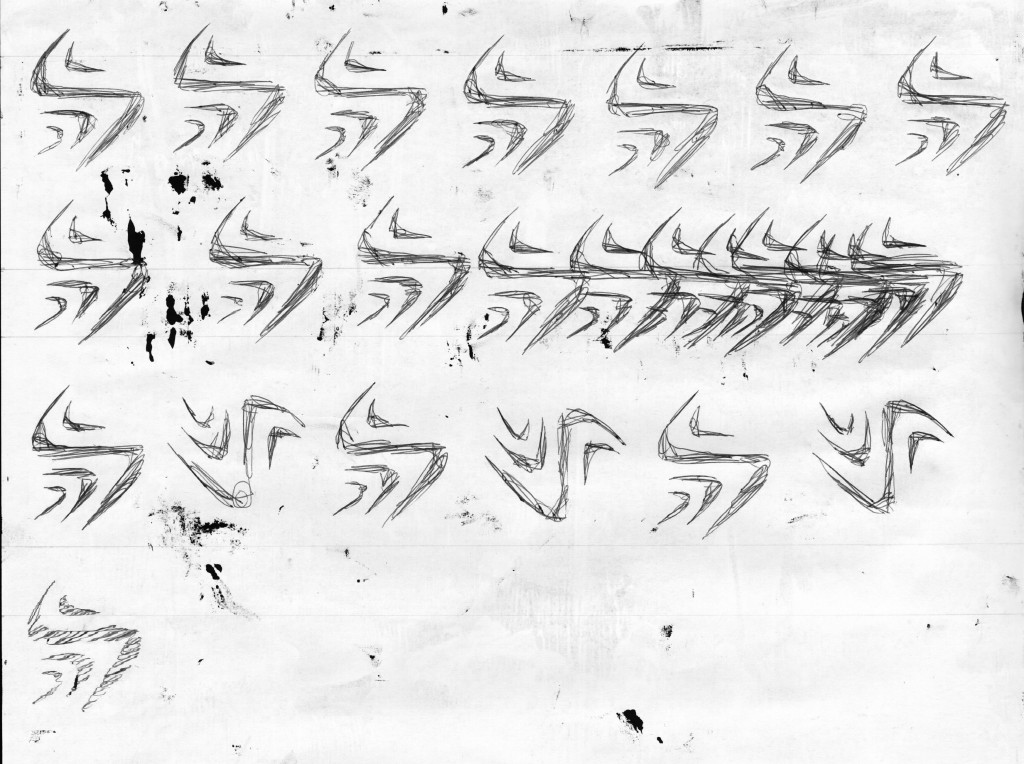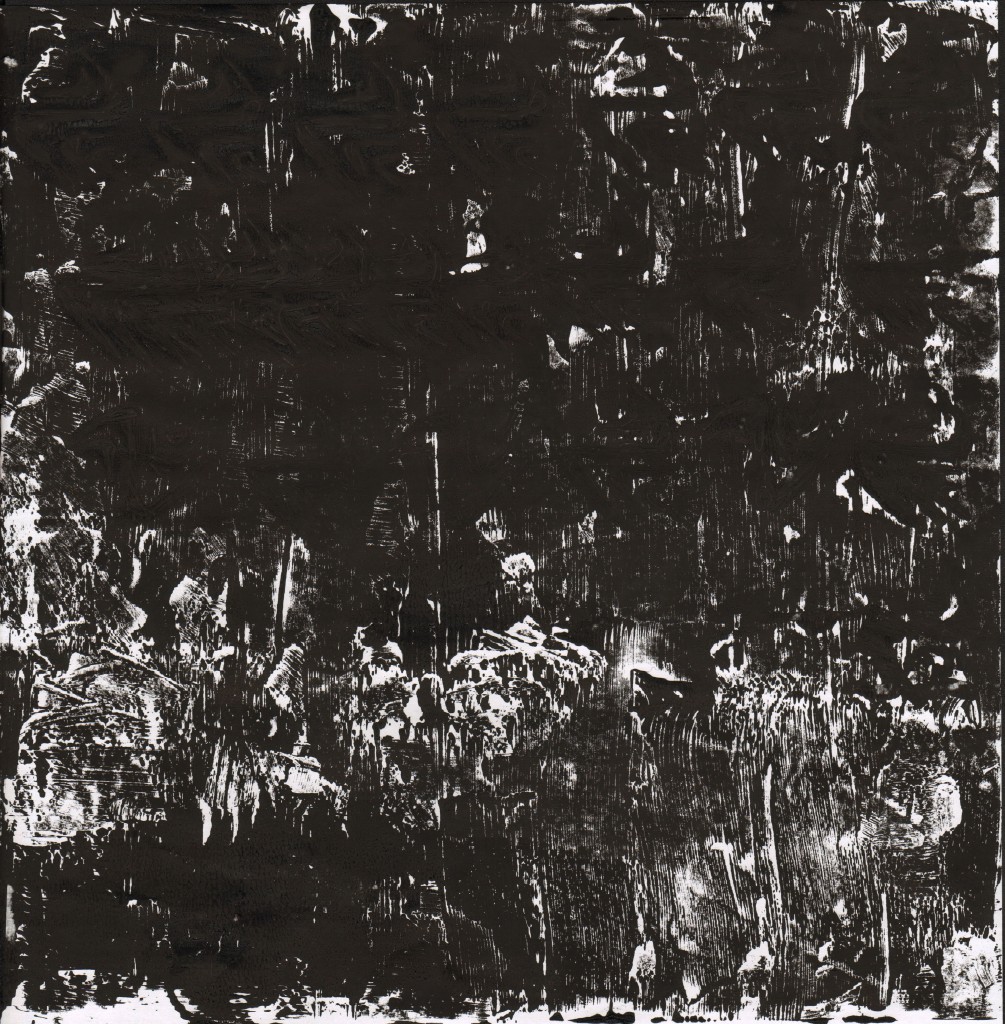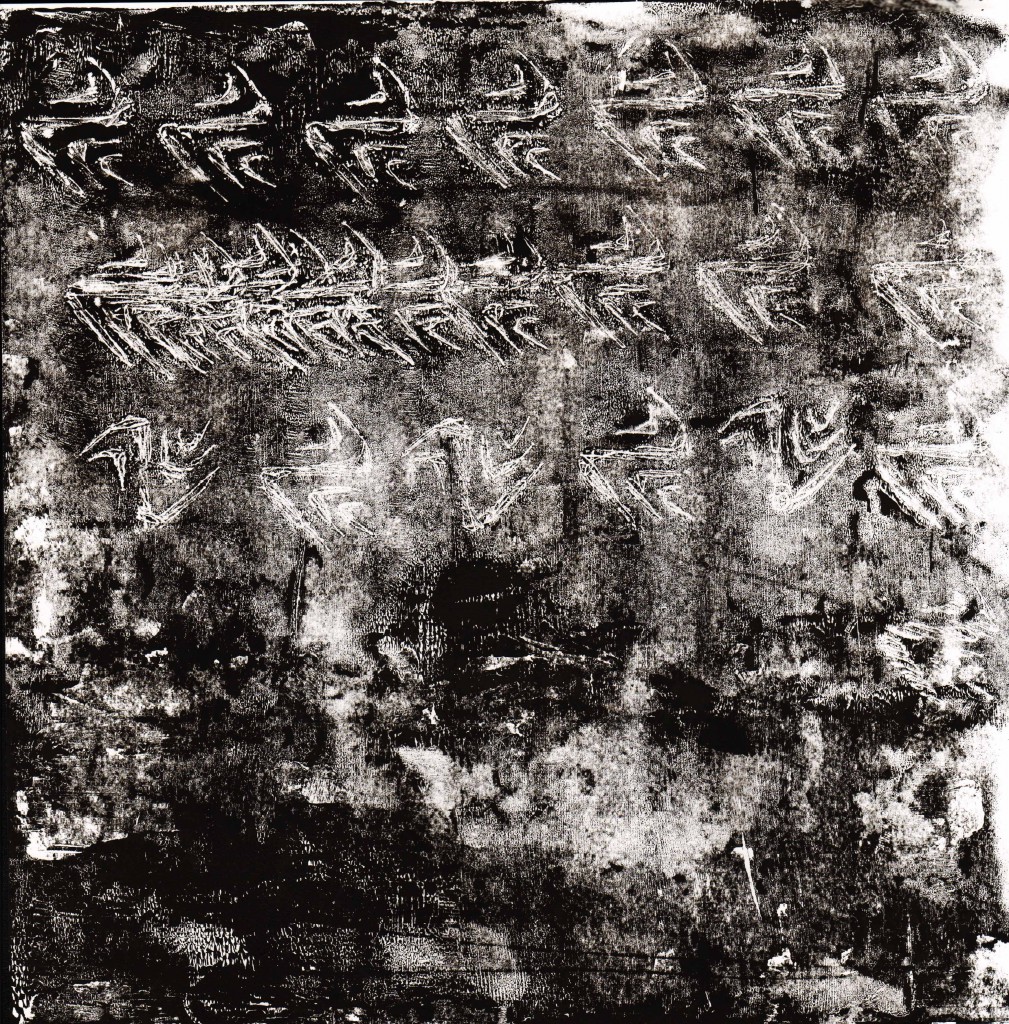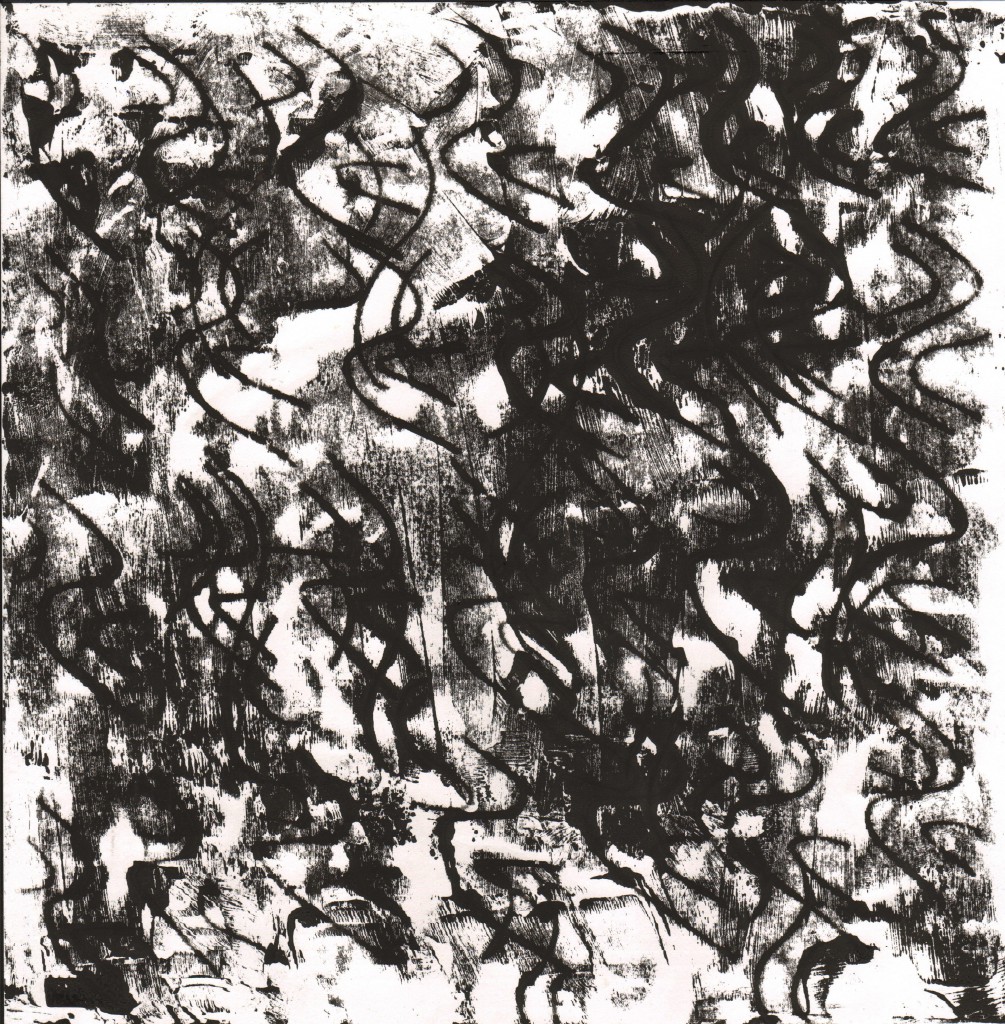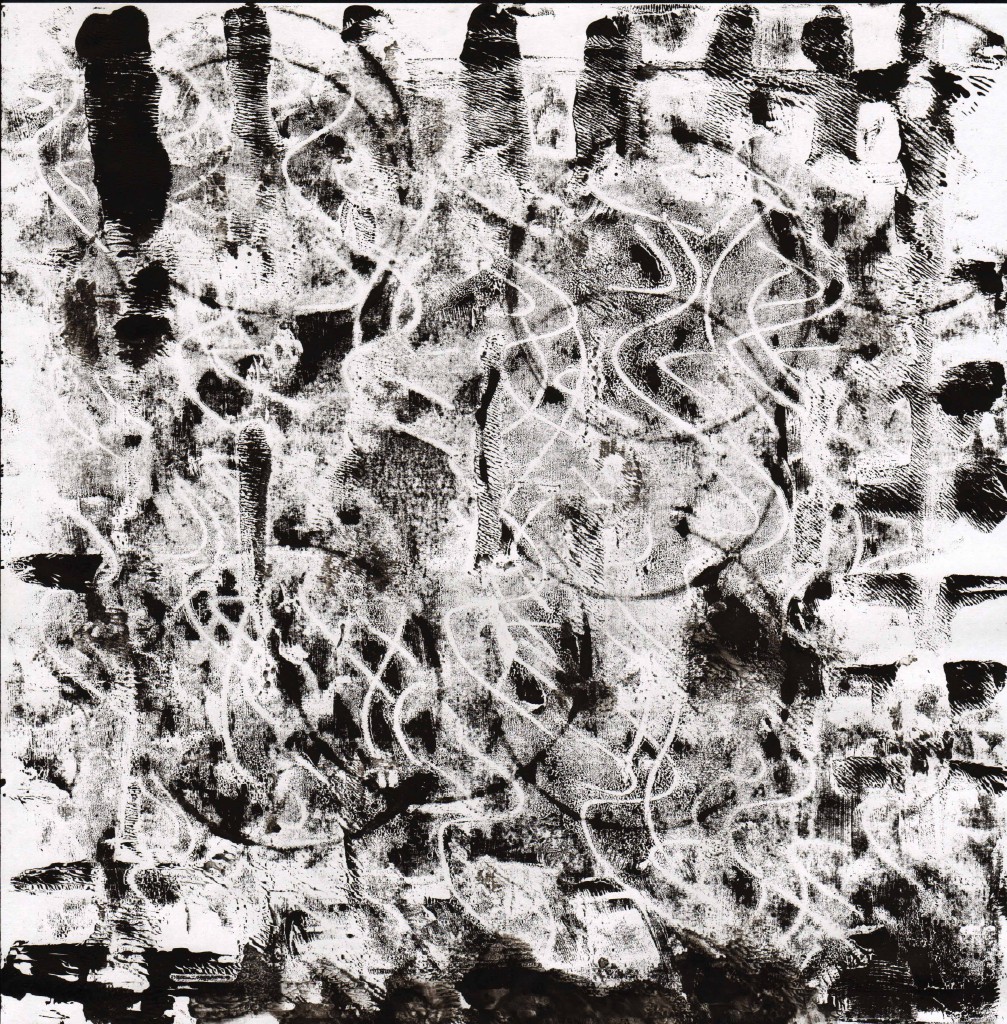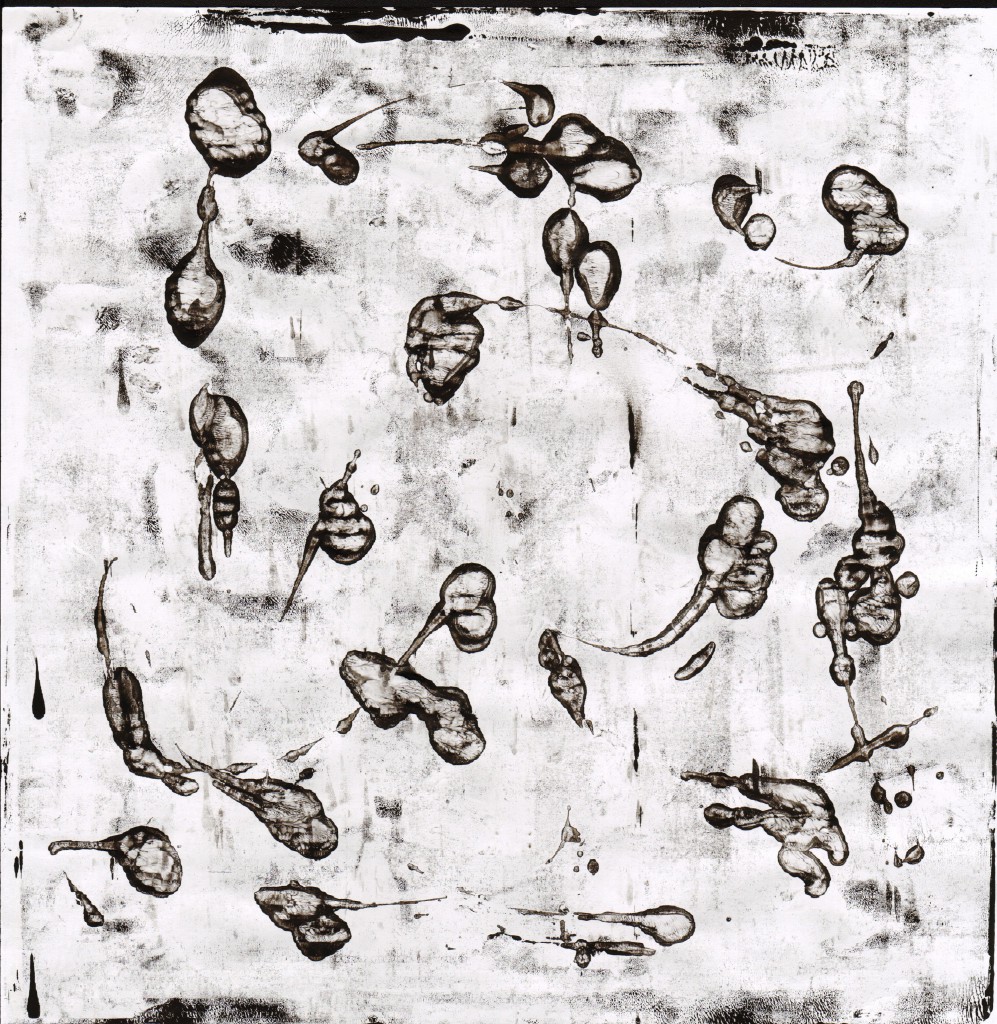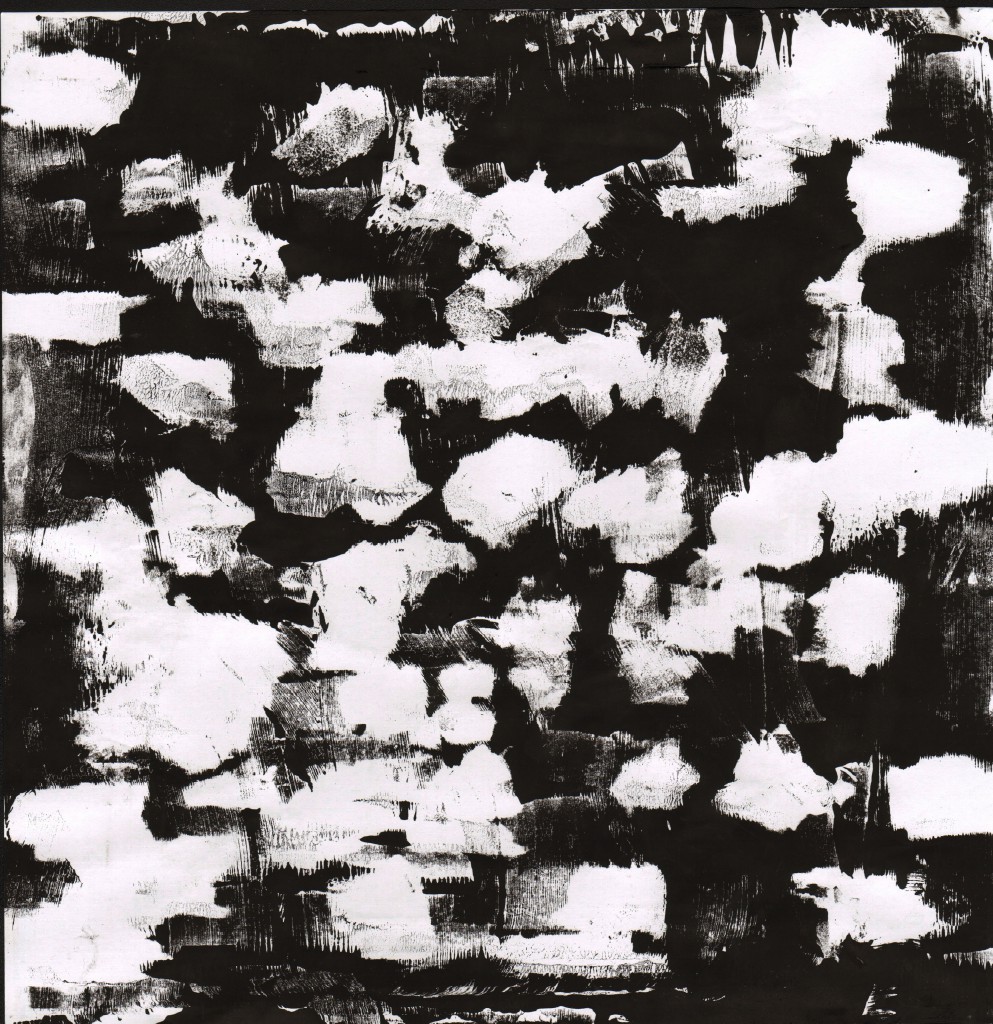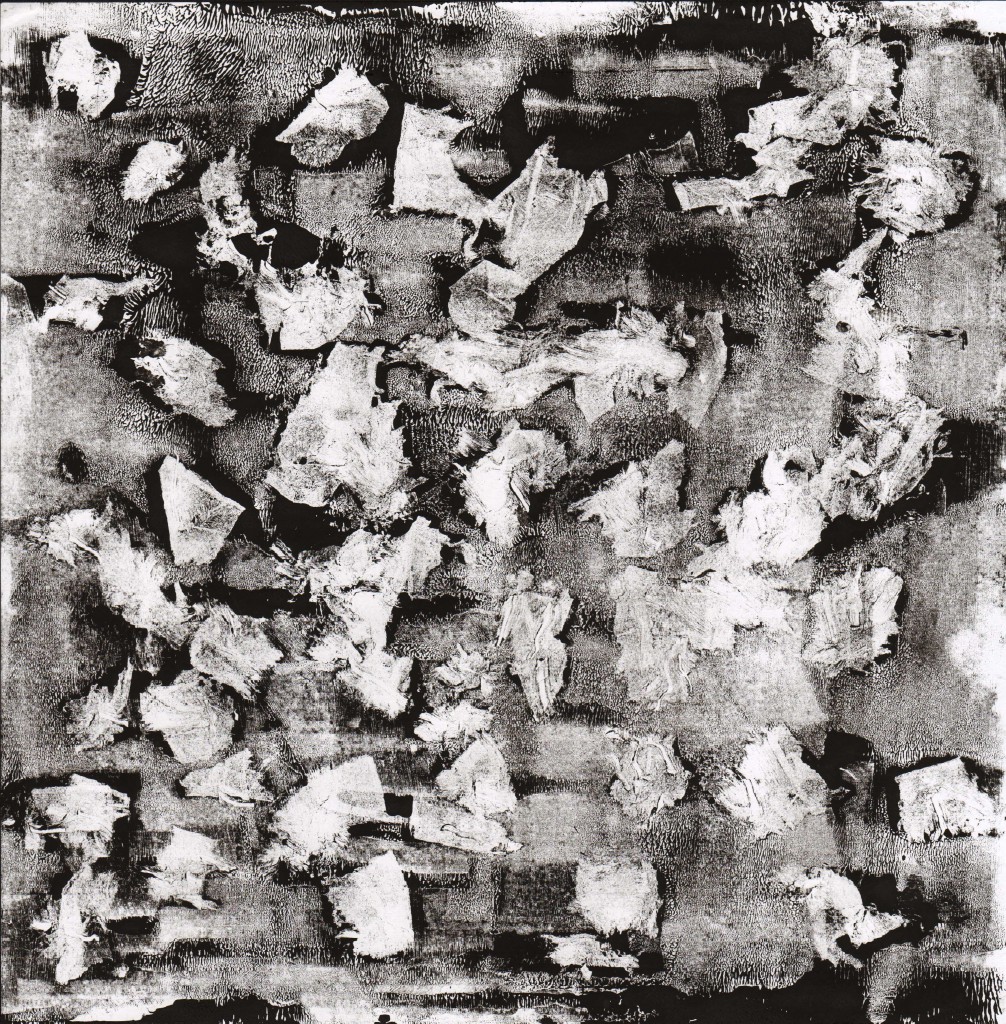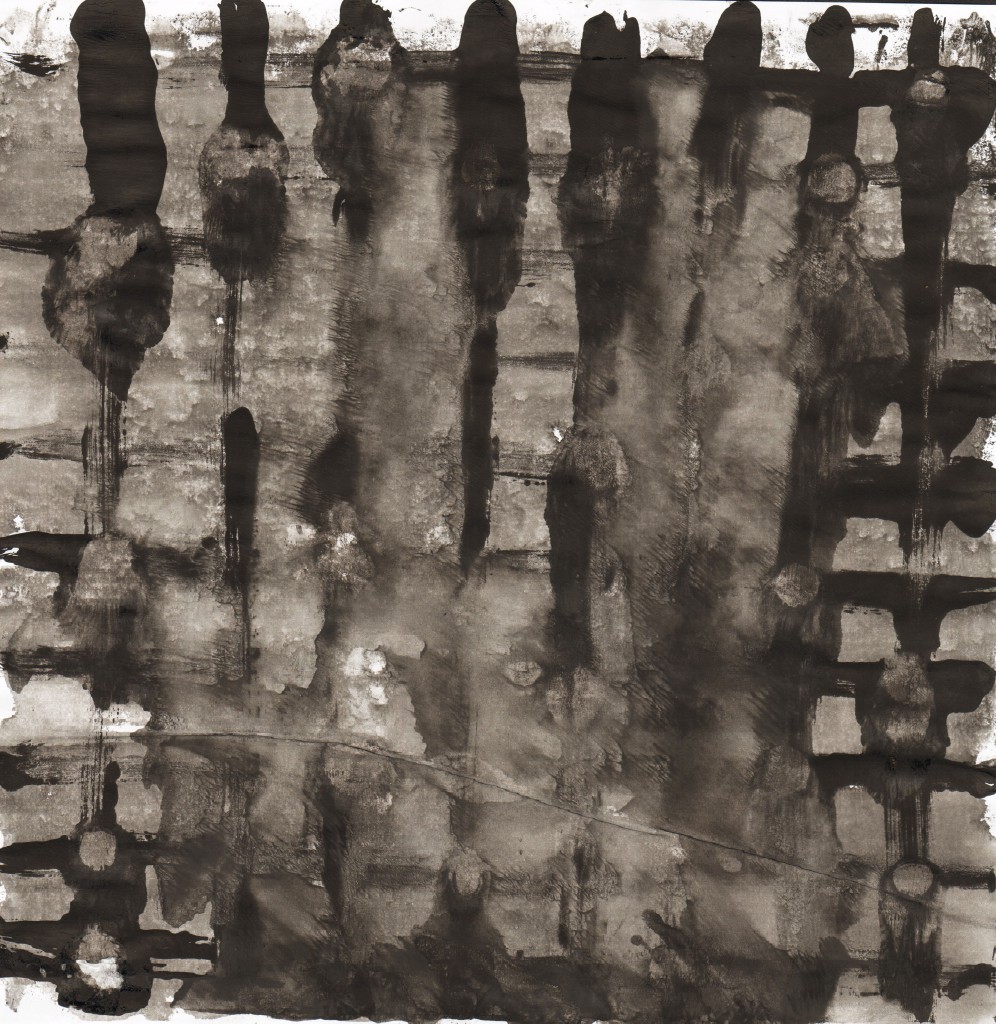I found two interesting books on lines and compositions. They were written by Tony Robbin and John Cage respectively. As we can tell from the book covers, they were very different in the atmosphere.
reference is taken from : Book Title “Tony Robbin: A Retrospective: Paintings and Drawings 1970-2010″ by Linda Dalrymple Henderson (Author), Robert Kushner (Author), Joyce Kozloff (Author), Tony Robbin ( Author) Publisher: Hudson Hills; First Edition edition (July 16, 2011)ISBN-10: 1555953670
About Tony Robbin: Tony Robbin is a pioneer in the computer visualization of four-dimensional geometry. Since 1981, his realtime rotation programs of four-dimensional figures have been useful for obtaining an intuitive feel for four-dimensional and quasicrystal space.
John Cage: Zen Ox-Herding Pictures Hardcover – October 7, 2009
by Stephen Addiss (Author), Ray Kass (Author) Publisher: George Braziller Inc. (October 7, 2009) ISBN-10: 080761601X
” This book brings together fifty never-before-seen watercolor images from the brush of renowned artist and composer John Cage. These pieces were initially considered a by-product of a 1988 Mountain Lake Workshop, test sheets used to experiment with the flow of color from Cage’s brush as he prepared for larger Zen pieces, but authors Stephen Addiss and Ray Kass unite them here to explore the influence of Zen in Cage’s life. They juxtapose the compositions with the Ten Ox-Herding Pictures, a series of images used to communicate the essence of Zen for nearly one thousand years. They refer fragments of Cage’s poetry and his many statements about Zen practice, providing a fascinating lens through which the reader can view the Mountain Lake Workshop paintings. Cage’s images seem to become mysterious echoes of the centuries-old Ten Ox-Herding Pictures themselves, images about searching for the path to enlightenment.” (http://www.amazon.com/John-Cage-Zen-Ox-Herding-Pictures/dp/080761601X/ref=sr_1_1?s=books&ie=UTF8&qid=1442143981&sr=1-1&keywords=John+Cage++Zen+ox+herding+picture)
John Cage was famous for his music and he was avanguard composer ”
From Publishers Weekly
“Known best for his music and performances, John Cage also painted and wrote extensively. Zen Buddhism influenced his approach to his work—nature as a path to self, collaboration in performance and happenstance in composition. The art and poetry in this book represent a collaboration both accidental and deliberate between Cage, Addiss and Kass. Cage was working on another series of paintings when he marked a series of brown paper towels. Artist Kass and artist/composer Addiss ordered the towels into a sequence, then Addiss culled Cage’s writings to create a cutup or recomposition of found words and phrases into a new work. Cage recognized the importance of the remix long before it became fashionable. The accidental circumstances of this work’s assemblage doesn’t diminish its charm or delicacy. The introductory material provides essential context, but the best approach may be to read and view the work, read the essays, then review the piece again. Addiss and Kass prove the continuing relevance of the tradition of ox-herding as a format for teaching and connecting the heart to the mind. 50 color and 12 b&w illus. (Oct.)
Copyright © Reed Business Information, a division of Reed Elsevier Inc. All rights reserved.
First of all, there were some of the images I really liked in the first book so I scanned them in. The simple geometrical shapes created a 3 dimensional space. They might look plain at first glance, but then I started to look into all the details and realized just there were so many interesting arrangements of elements creating several layers. 
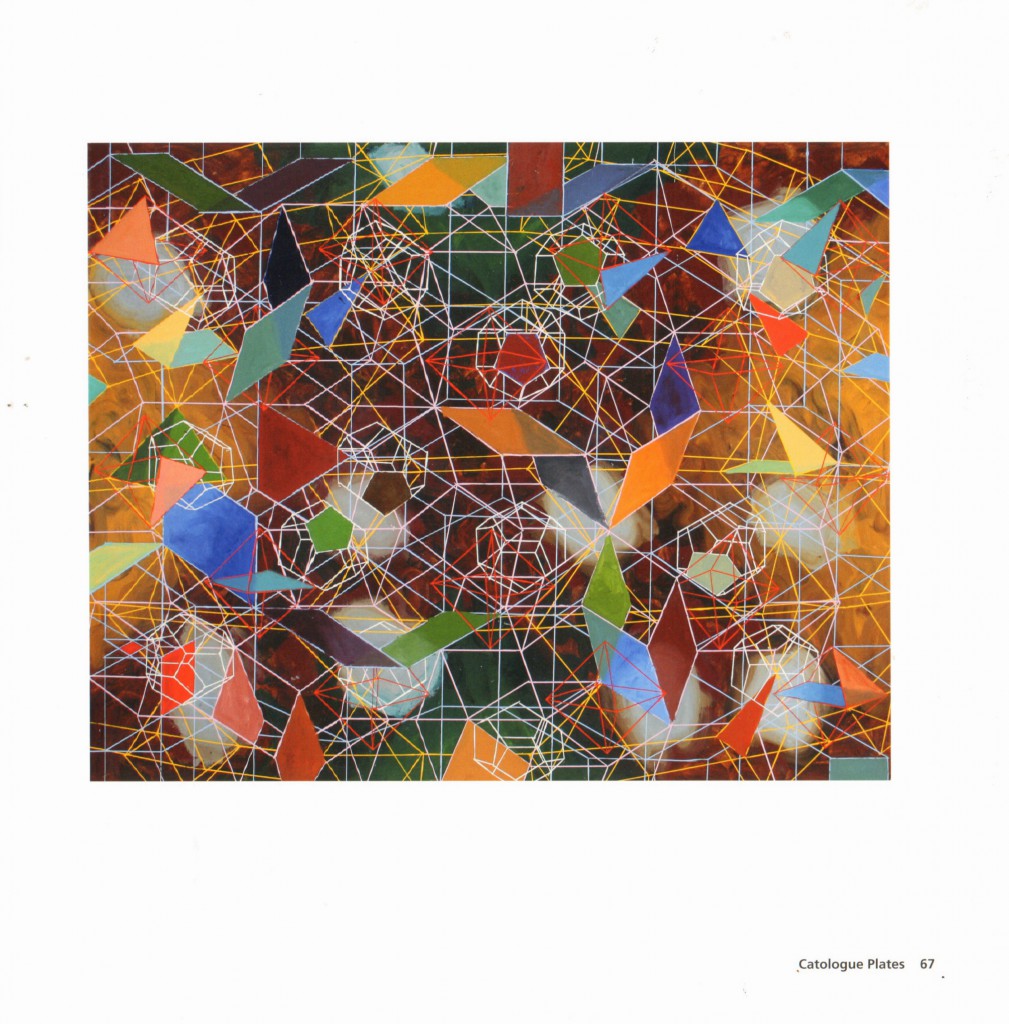



John Cage: the choice of the yellowish paper and lines were very different from Tony Robbin The atmosphere of Zen as he mentioned. 

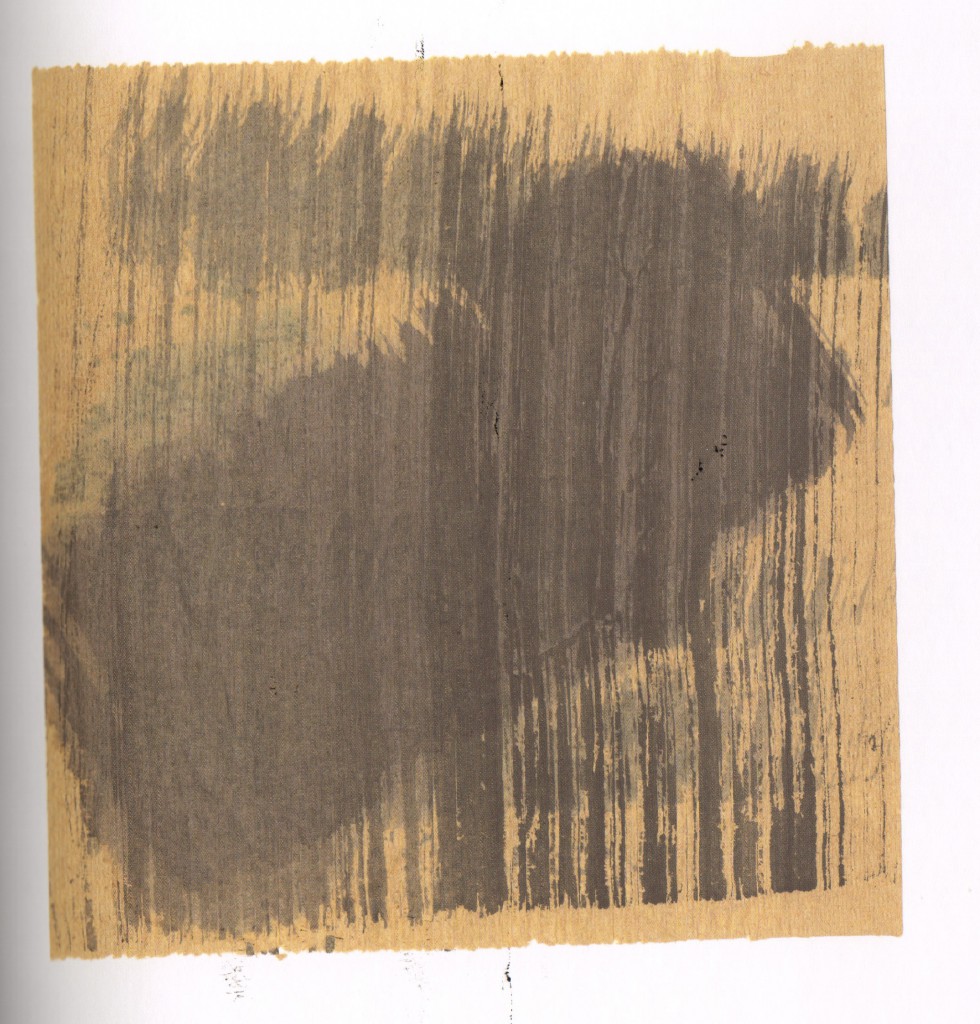 As a matter of fact, I didn’t get to spend more time on exploring similar effects from these books. If I had more time, I would definitely try out more lines with 3 dimensional space and on more types of paper.
As a matter of fact, I didn’t get to spend more time on exploring similar effects from these books. If I had more time, I would definitely try out more lines with 3 dimensional space and on more types of paper.
Process
fumage: I fixed the candle to make it standing and then I could move my paper over the fire to get the smokes on the strips. When I first tried out this technique on my hard copy journal, several pages were burnt though. Therefore, I cut out the lines instead.
In the image below were experiments I did with fumage
When you move the paper fast enough, you will get the intermittent effects
Then I erased the color with different things such as pen, tissue paper and my finger…
Drew on it using charcoal as well
the one below I was trying to create the clouds and raining effects to it
I also looked into straight lines and how they could be possibly arranged.
Below was a photo of the carpet at SAC (originally colorful) I think it looked great and kind of remind me of the scan bar codes.
This one was one of the experiment I did. I was wearing a stripped dress at that moment so I took this photo.
And then I cut the lines into equal width and aligned them in all kinds of way to explore.

Besides, I also found these amazing art works online by Filomena de Andrade Booth. As a matter of fact, one of my line was inspired by her works. There were not much information on her but she being an American contemporary artist.
images referenced from: http://filomenabooth.com/
After I completed all my lines, I cut out the small black papers with the emotions written as I didn’t want to write directly on the lines.

